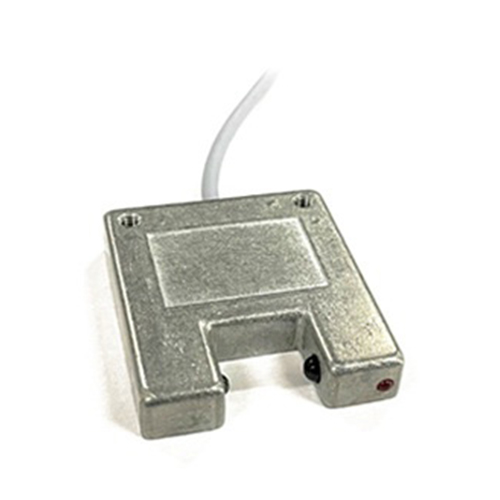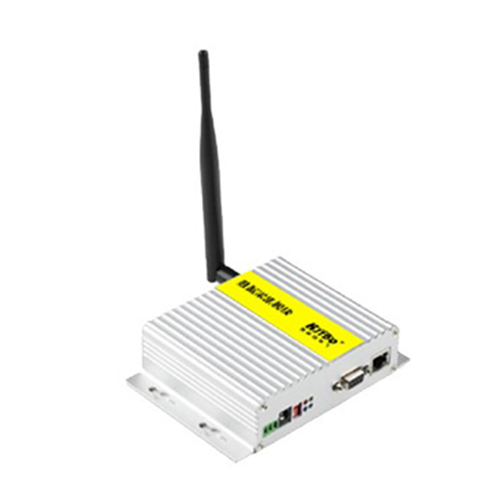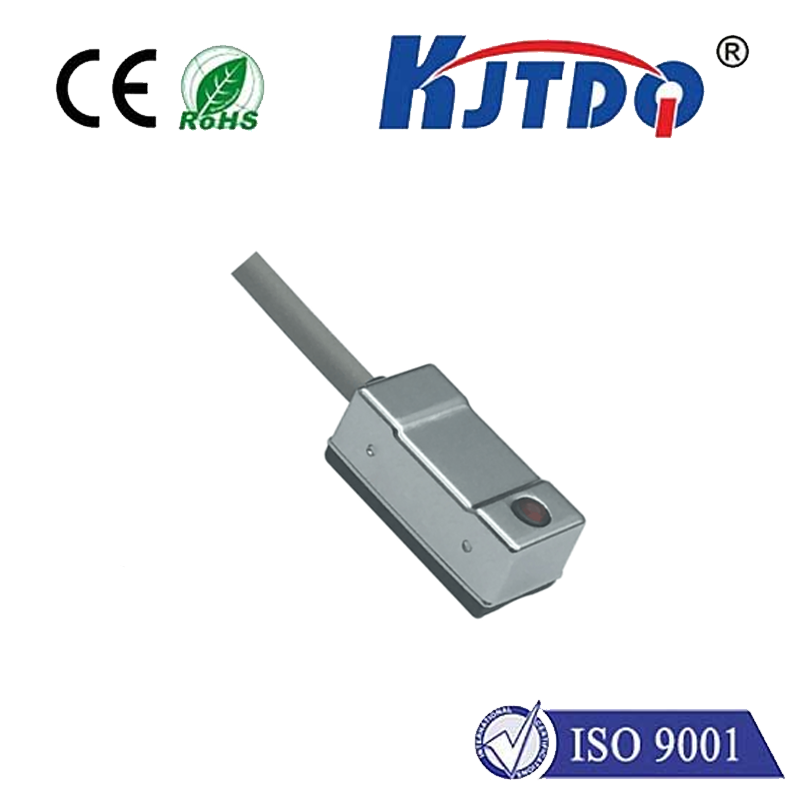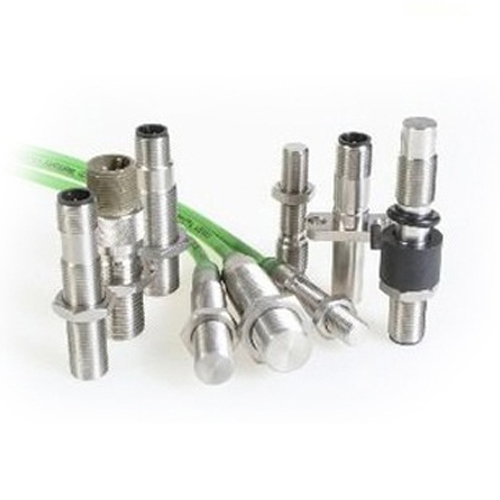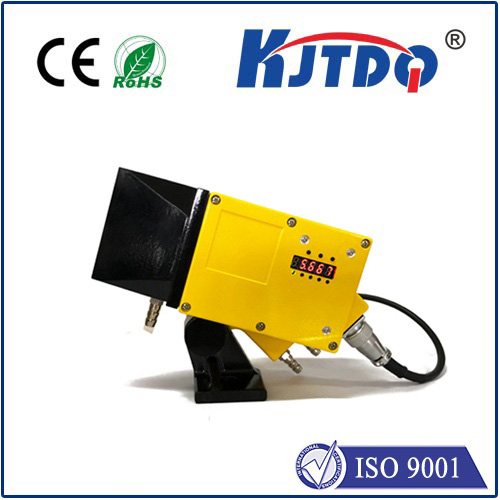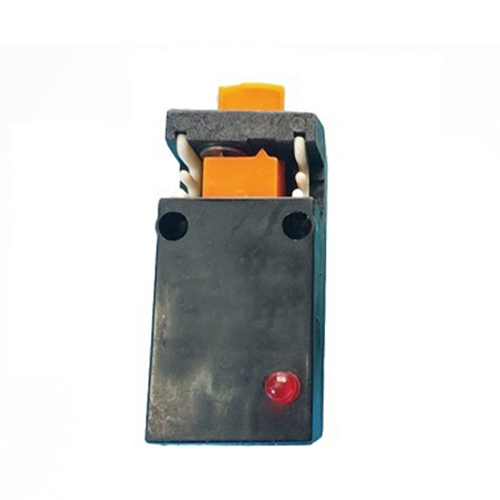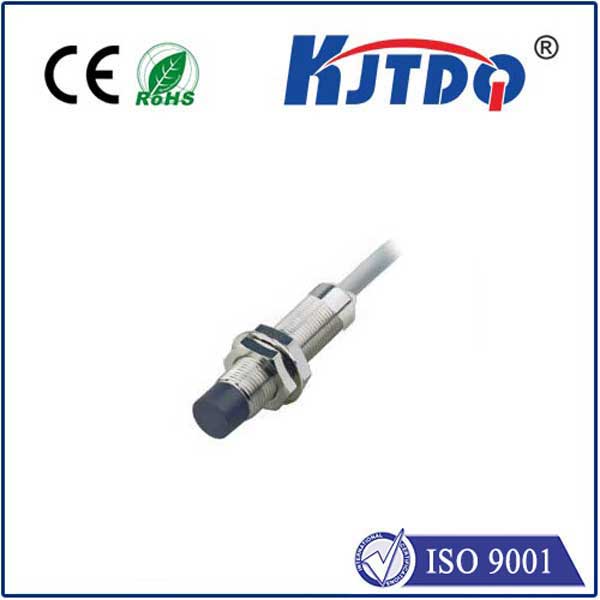2 - проводной конденсаторный датчик приближения
- time:2025-09-05 15:55:02
- Нажмите:0
The Power of Simplicity: Unlocking Efficiency with 2-Wire Capacitive Proximity Sensors
Imagine a production line humming, bottles whizzing past. How does the machine know precisely when a bottle is full, stopping the liquid flow without a single drop spilled? Or picture sensitive machinery protected, automatically shutting down before a stray tool or even a curious hand gets too close. The silent guardian enabling this reliable, non-contact detection is often a 2-wire capacitive proximity sensor. These versatile components are the unsung heroes of countless industrial and automation tasks, offering a unique blend of sensitivity, robustness, and remarkable installation simplicity.
At its core, this sensor operates on the fundamental principle of capacitive sensing. Think of it like an invisible field emanating from the sensor’s active face. This field is created between the sensor’s internal electrode and the surrounding environment (often grounded through the sensor body or mounting). When any object enters this field, it disrupts the capacitance – essentially changing the sensor’s ability to hold an electrical charge. The sensor’s internal circuitry is finely tuned to detect this minute change, triggering its output state. Crucially, capacitive sensors excel at detecting a vast array of materials, including liquids, powders, granules, plastics, wood, and metals – making them incredibly versatile compared to other sensing technologies like inductive sensors (which primarily detect metals).

Here’s where the “2-wire” aspect becomes a game-changer. Unlike their 3-wire or 4-wire counterparts that require separate connections for power supply and the switched output signal, 2-wire sensors integrate both functions into a single pair of wires. This design offers significant practical advantages:
- Radically Simplified Wiring: The most immediate benefit is the dramatic reduction in installation complexity. Instead of managing multiple wires (power positive, power negative, output signal), technicians need only connect two wires in series with the load (like a PLC input, relay coil, or indicator lamp) and the power supply. This slashes installation time, minimizes potential wiring errors, and keeps control panels much neater.
- Cost-Effectiveness: Fewer wires mean lower material costs. Furthermore, simplified wiring translates directly into reduced labour costs during installation and maintenance. Over hundreds or thousands of sensors in a plant, these savings become substantial.
- Direct PLC Compatibility: A major advantage is their inherent compatibility with many Programmable Logic Controller (PLC) input modules designed to accept sourcing or sinking inputs. The 2-wire sensor essentially acts like a simple switch within the power circuit loop, making integration straightforward for control systems.
- Standard Replacement: Their ubiquity and standardized form factors often make replacing legacy sensors easy.
Of course, understanding the nuances is key to optimal application:
- Residual Current & Voltage Drop: A small current (leakage or residual current, typically a few mA) flows through the sensor even when in the “off” state to power its internal circuitry. When “on,” the sensor exhibits a small forward voltage drop. Proper sizing of the load (relay/PLC input) is critical. The load must be robust enough to reliably turn “off” despite the residual current and large enough to meet the sensor’s minimum load requirement. Insufficient load can cause the sensor to malfunction or fail to turn off completely. Conversely, exceeding the maximum load rating damages the sensor. Consulting the sensor’s datasheet is paramount.
- Sensitivity Adjustment: Most 2-wire capacitive proximity sensors feature a built-in potentiometer. Adjusting sensitivity is vital to fine-tune the sensor’s reaction distance for different materials and avoid false triggers from background objects or changing environmental conditions (like moisture). Higher sensitivity increases the detection range but also the susceptibility to interference.
- Material Influence: The detection distance depends on the target material’s size, permittivity (a measure of how well it affects an electric field), material composition, and grounding. Typically, larger objects and those with higher permittivity (like water) can be detected from farther away than smaller objects or materials with low permittivity (like some plastics). Non-conductive materials often require more sensitivity adjustment compared to conductive ones.
The diverse applications of 2-wire capacitive proximity sensors showcase their flexibility:
- Liquid Level Control: Detecting the presence or absence of liquids (water, oils, chemicals, beverages) in tanks, pipes, or bottles – even through non-metallic walls – is a classic use case.
- Material Presence Detection: Reliably confirming the presence or absence of bulk materials like powders, grains, plastic pellets, cardboard boxes, or wood blocks on conveyors, bins, or hoppers.
- Object Counting: Counting objects on production lines based on their presence passing the sensor face.
- Fill Level Monitoring: Ensuring containers like cartons, bottles, or bags are filled correctly by detecting the contents.
- Security & Safety: Used in non-contact safety applications to detect personnel or objects entering restricted zones.
- End-of-Travel Detection: Confirming that components like slides, doors, or hatches are in their fully closed position.
Why choose this combination? The winning formula lies in the synergy:
- Simplicity & Robustness: The 2-wire design minimizes complexity, enhancing reliability. Capacitive sensors themselves are generally robust against contamination (dust, dirt, moisture) compared to optical sensors.
- Material Agnosticism: The ability to detect almost any material without physical contact provides unique solutions where optical or inductive sensors fail.
- Cost Efficiency: Lower installation and component costs make them highly economical, especially for large-scale deployments.
- Non-Contact Operation: Eliminates wear and tear associated with mechanical switches.
In the demanding world of automation, where reliability, cost-effectiveness, and versatility are paramount, the 2-wire capacitive proximity sensor stands out as a remarkably practical solution. Its elegant blend of capacitive sensing technology – capable of detecting the undetectable – with the sheer wiring simplicity of the 2-wire system delivers tangible benefits on the factory floor. From ensuring precise liquid levels to safeguarding personnel and counting products silently, these sensors embody operational efficiency. By understanding their core operating principles, acknowledging the criticality of proper load sizing, and effectively utilizing sensitivity adjustment, engineers and technicians can unlock significant advantages, streamlining processes and boosting productivity across a vast landscape of industrial applications. Their power truly lies in their elegant simplicity.

